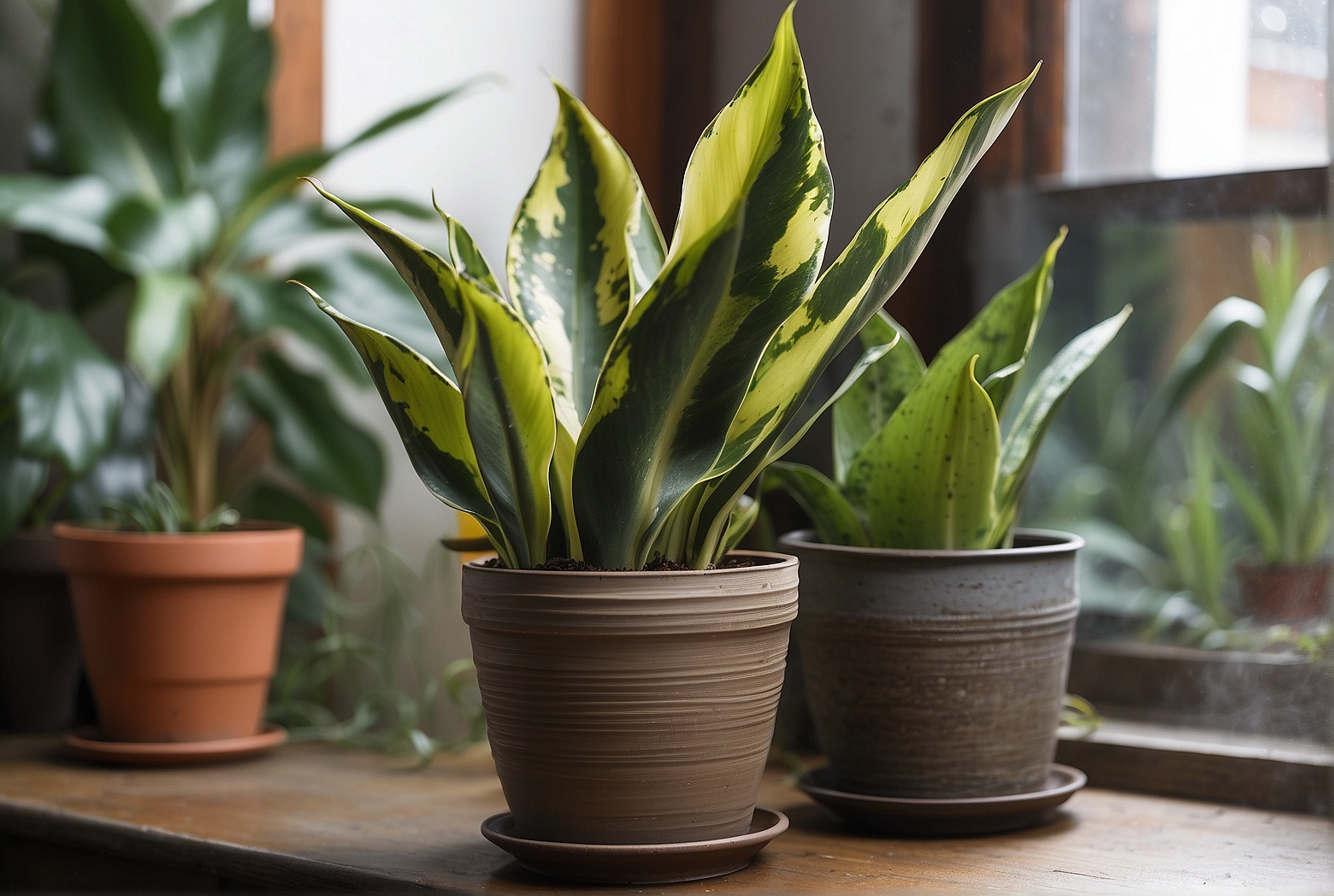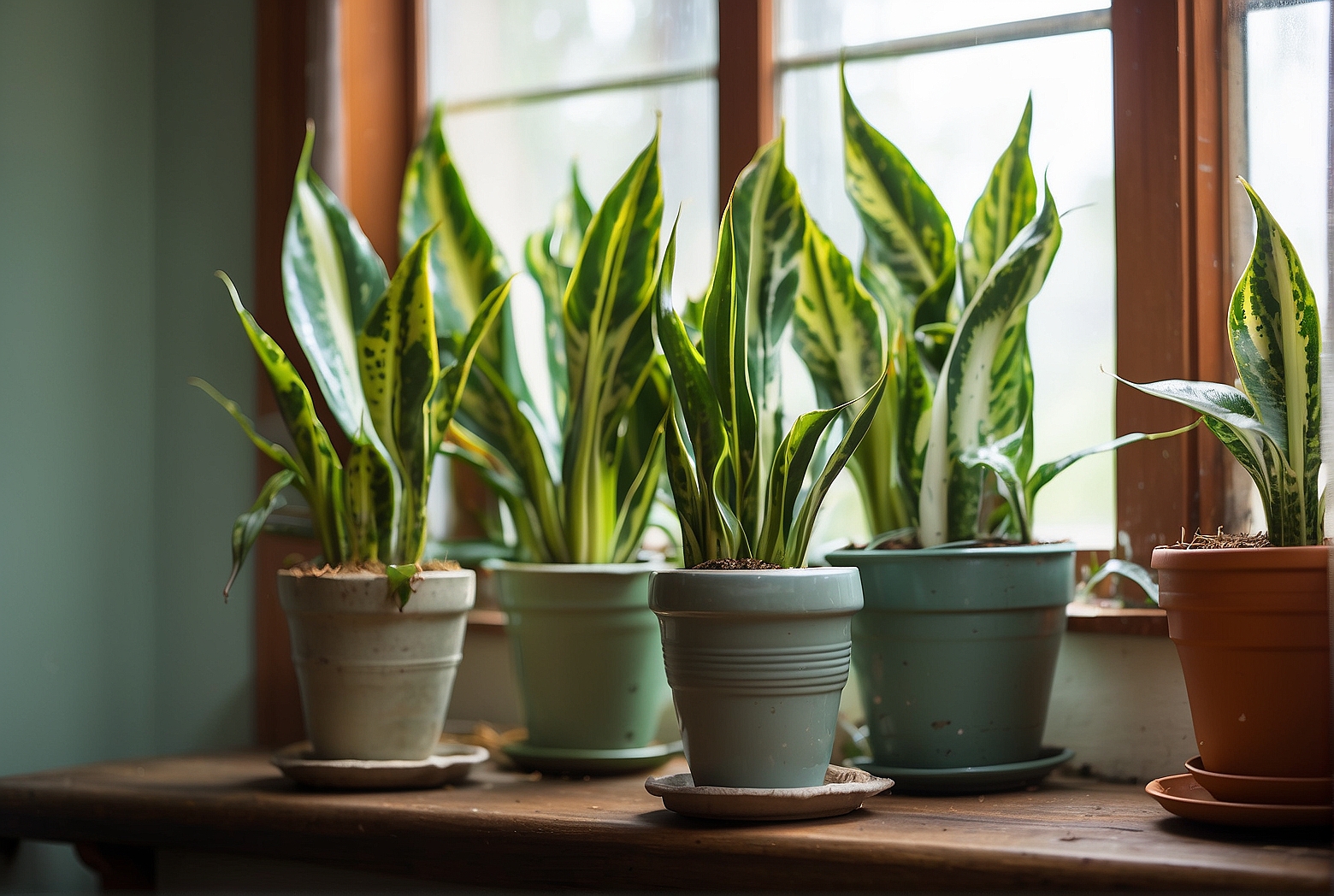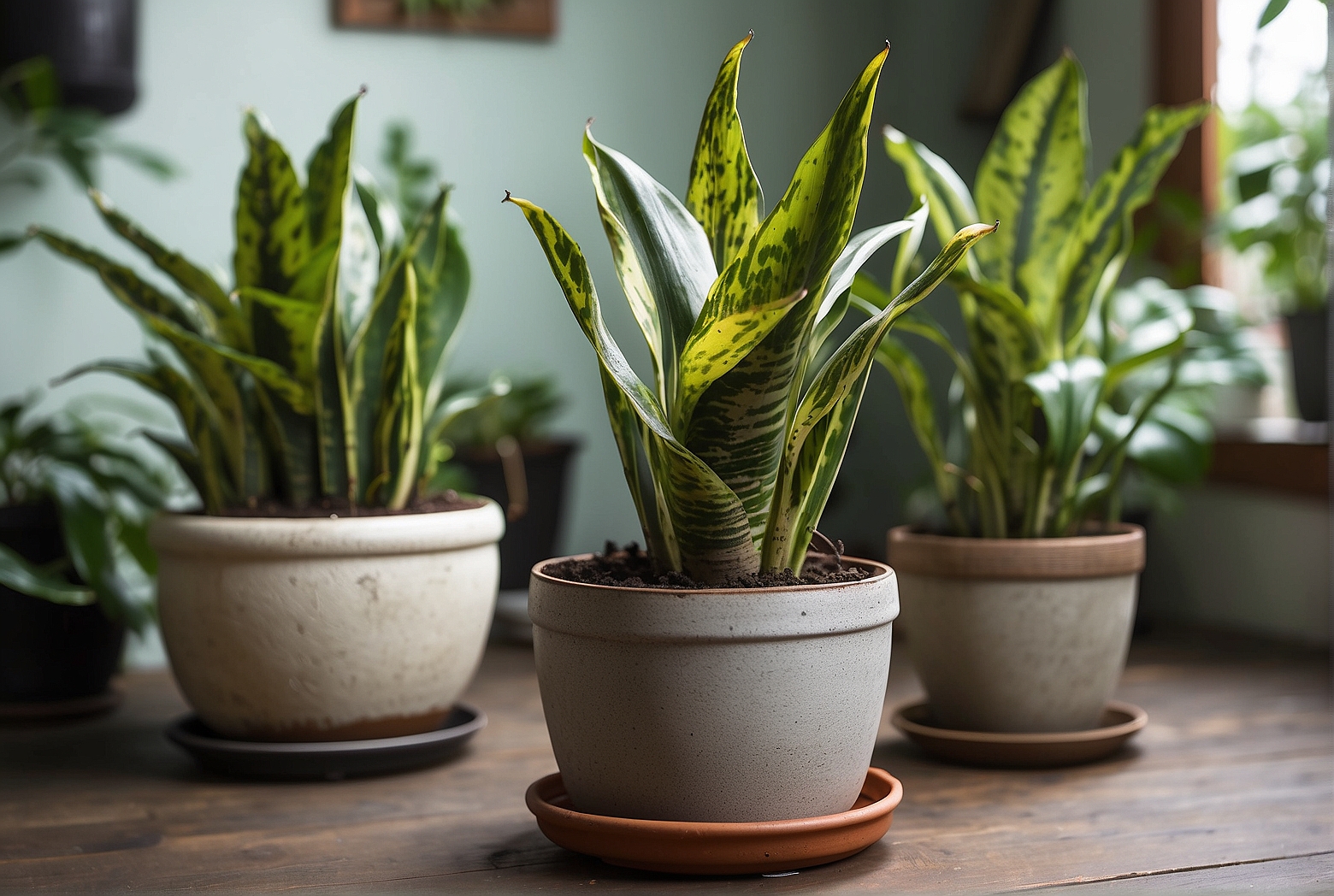Last Updated on April 13, 2024 by Tony Manhart
Snake plants, also known as Sansevieria, are popular houseplants that are beloved for their resilience and air-purifying qualities. One common question amongst plant enthusiasts is whether snake plants require drainage. Well, good news! Snake plants are incredibly adaptable and can thrive in a variety of conditions, including pots with or without drainage holes. This article will shed light on the importance of drainage for snake plants, discuss the benefits and drawbacks of each option, and provide helpful tips for successfully growing these low-maintenance beauties in your own home. So, whether you’re a novice plant parent or a seasoned green thumb, keep reading to discover the best practices for caring for your snake plant!
Introduction
Welcome to the world of snake plants! If you’re a proud owner of a snake plant or considering getting one, you may be wondering about the importance of drainage for these beautiful and easy-to-maintain plants. In this article, we will explore the characteristics of snake plants, the role of drainage in their health, and provide you with tips on choosing the right soil, pots, and watering techniques to ensure your snake plant thrives in any environment.
Understanding Snake Plants
Characteristics of Snake Plants
Snake plants, also known as Sansevieria or Mother-in-Law’s Tongue, are popular houseplants cherished for their unique appearance and air-purifying abilities. These plants feature long, slender leaves that grow upright, resembling the shape of a sword or a snake, hence the name. Snake plants come in various cultivars, with leaves displaying different color patterns, including shades of green, yellow, and silver.
Besides their stunning aesthetic value, snake plants are known for their resilience and ability to thrive in various conditions. They are well-suited for both indoor and outdoor environments, making them a versatile choice for plant enthusiasts of all experience levels.

Light and Temperature Requirements
Snake plants are adaptive when it comes to lighting conditions, but they generally prefer bright, indirect light. However, they can tolerate low light conditions as well, making them a perfect choice for those darker corners of your home. When it comes to temperature, snake plants are fairly forgiving, able to withstand a wide range of temperatures. They can tolerate both hot and cold environments, but it’s essential to avoid extreme temperature fluctuations, as they can impact the overall health of the plant.
Drainage: Importance and Benefits
The Role of Drainage in Plant Health
Drainage plays a crucial role in the health and well-being of snake plants, and indeed, all plants. Proper drainage allows excess water to flow out of the soil, preventing the roots from becoming waterlogged and reducing the risks of root rot, fungal diseases, and other water-related issues. The roots of snake plants need oxygen to survive, and when the soil is constantly wet, it restricts the oxygen supply, ultimately damaging the plant’s vitality.
Benefits of Proper Drainage
Ensuring proper drainage for your snake plants offers numerous benefits. It helps maintain a healthy root system, preventing waterlogged soil, which can lead to root rot and other diseases. Proper drainage also aids in nutrient absorption, allowing the roots to access vital minerals and elements necessary for optimal growth. Additionally, it promotes aeration of the soil, preventing compacted soil that can hinder root growth and result in poor overall plant health.
Do Snake Plants Require Drainage?
Native Habitat of Snake Plants
To understand if snake plants require drainage, it’s essential to look at their native habitat. Snake plants are native to arid regions of West Africa, where they grow in dry, well-draining soils. In their natural environment, rainfall is infrequent, and the soil quickly dries out after a downpour. Therefore, it is safe to say that snake plants are adapted to a well-draining environment.

Adaptability to Different Environments
While snake plants originate from arid regions, they are remarkably adaptable and can tolerate a variety of growing conditions. This adaptability is what makes them thrive as houseplants. They can adjust to slightly damp soils for short periods, but long-term exposure to excessive moisture can be detrimental to their health. Hence, it is crucial to provide proper drainage to replicate their natural habitat and ensure their longevity.
Factors to Consider
Soil Composition
Choosing the right soil composition is vital for providing optimal drainage to your snake plant. A well-draining soil mixture consisting of a combination of potting soil, perlite, and coarse sand or bark chunks can create the ideal balance. This mixture allows excess water to flow freely while still retaining enough moisture for the plant’s roots to absorb.
Pot Selection and Design
The pot you choose for your snake plant can greatly impact drainage. Opt for pots that have drainage holes at the bottom to ensure excess water can escape freely. Additionally, pots made from breathable materials such as terracotta or unglazed ceramic are beneficial as they provide increased airflow to the roots, further aiding in drainage and preventing water retention.
Watering Practices
Proper watering practices play a crucial role in maintaining the right moisture levels and ensuring effective drainage. Avoid overwatering, as this can lead to water accumulation in the soil. Instead, allow the soil to dry out partially between waterings. The frequency of watering depends on various factors such as the pot size, humidity levels, and environmental conditions. It’s always best to err on the side of underwatering than overwatering when it comes to snake plants.
Choosing the Right Soil
Well-Draining Soil Mixtures
When it comes to snake plants, utilizing a well-draining soil mixture is essential. A combination of equal parts potting soil, perlite, and coarse sand or bark chunks creates an ideal environment for healthy root growth. Potting soil provides the necessary nutrients, while perlite and coarse sand or bark chunks promote adequate drainage by increasing the pore space within the soil mixture.
Avoiding Excessively Moist Soil
It’s important to avoid excessively moist soil for snake plants. If the soil remains continuously wet, it can lead to root suffocation, rot, and other water-related issues. To ensure optimal drainage, it is recommended to mix in materials like perlite, coarse sand, or bark chunks to increase the porosity of the soil mixture. This allows excess water to drain freely, preventing waterlogged conditions that can harm the snake plant.
Selecting Suitable Pots
Essential Features of a Good Snake Plant Pot
When selecting a pot for your snake plant, there are a few essential features to consider. First and foremost, the pot should have drainage holes at the bottom to allow excess water to escape. This prevents water from accumulating in the soil and helps prevent overwatering. Additionally, pots with good airflow, such as those made from terracotta or unglazed ceramic, promote aeration of the roots and enhance drainage.
Materials to Avoid
Certain materials can hinder proper drainage and should be avoided when selecting a pot for your snake plant. Avoid using pots made from glass, metal, or plastic without drainage holes. These materials can trap excess water, leading to saturated soil and potentially damaging the plant’s roots. It’s best to opt for pots specifically designed for plant growth, with proper drainage in mind.
Watering Techniques
Frequency and Quantity of Watering
Proper watering techniques are crucial for maintaining the health of your snake plant and ensuring effective drainage. The frequency of watering will depend on various factors, such as the size of the pot, the humidity levels in your home, and the overall environmental conditions. As a general guideline, allow the top inch or two of the soil to dry out before watering again. This helps prevent waterlogged soil and promotes healthy root growth.
Proper Watering Techniques
When watering your snake plant, aim to evenly moisten the soil without oversaturating it. Pour water slowly and evenly across the top of the soil, allowing it to percolate through the drainage holes. This helps ensure that water reaches the deeper roots while excess moisture drains away. Avoid pouring water directly onto the leaves, as this can lead to fungal issues. Instead, aim for a targeted approach, directly watering the soil to minimize potential problems.
Identification of Drainage Issues
Signs of Improper Drainage
Identifying signs of improper drainage is crucial for maintaining the health of your snake plant. Excessive moisture and poor drainage can manifest through several symptoms. These include wilting leaves, yellowing leaves, or a foul odor emanating from the soil. If you notice any of these signs, it’s essential to address the drainage issue promptly to prevent further damage to the plant.
Root Health and Overwatering
Poor drainage and overwatering can have a detrimental effect on the health of the roots of your snake plant. Waterlogged soil restricts oxygen supply to the roots, leading to root suffocation and root rot. When inspecting the roots, healthy roots are firm and white, while rotting roots appear brown, mushy, and may have a foul odor. Proper drainage is necessary to maintain a healthy root system, which is vital for overall plant health.
Conclusion
In conclusion, providing proper drainage to your snake plant is crucial for its health and longevity. These resilient plants are adaptable to various conditions but still require well-draining soil, suitable pots, and proper watering techniques. By choosing the right soil mixture, pots with adequate drainage, and watering with care, you can ensure that your snake plant thrives in any environment. Remember to monitor your plant for signs of improper drainage, as prompt action can prevent further damage and maintain the health of your beloved snake plant for years to come. Happy gardening!
Tony Manhart is a passionate gardener who has been tending to gardens for over 20 years. He takes pride in creating beautiful outdoor spaces with plants, trees, and shrubs that can thrive in any environment. He loves to share his knowledge with others and has taught classes on gardening basics and advanced techniques. He is committed to sustainability, using natural and organic methods to create and maintain gardens. He also works with local organizations to create green spaces for communities. When he’s not gardening, Tony enjoys hiking, reading, and spending time with his family.


